How do you minimize the impacts of aging in your batteries and systems?
We show you how it is done by
understanding cell Aging
Challenge
Battery Aging

- Which battery components age under what conditions and why?
- What measures can I take to avoid aging and extent lifetime?
- How can I optimize the cell design to extent the lifetime?
- How does battery aging change when I go from cyclic aging to calendar aging?
- What is the right approach to predict battery aging?
A Battery is more than a capacity and a pulse resistance.
Correlative approaches are risky because the fundamental principles are not covered correctly!
This is especially true for the extrapolation range, which is exactly the one you need.
Solution - Battery Aging Model
Fast
Physical
Accurate


development method
Mastering battery aging requires simulations and tests to go hand-in-hand. A digital development workflow needs to be backed up by tests, anything else is dubious. With Batemo, however, you test specifically and the system is secured by predicting intermediate states. This is done several times throughout the development. In this way, you ensure that nothing happens in the field afterwards. In the essence, what you do is always using all information you have about battery aging, which is the path to success.
-
Benchmarking
Start now! With a physics-based translation of the degaradation modes of Batemo’s extensive aging database, we derive Generic Evolutions of your cell. In this way, you get the best educated guess about the aging behavior of your cell and you can start designing your system now.

-
Qualification
Test specifically! The predictions must be validated by tests, anything else is unreliable. Enhance the aging prediction continuously by your own qualification tests.

-
Development
Be sure! Use the information from the qualification tests and the aging predictions for system development enabling smarter design, longer lifespan, and more efficient battery management.

-
Validation
Check & Learn! Compare validation results with models and understand deviations. Reveal the root causes of battery degradation and understand how your cells aged and why.

Advantages
Using the batemo cell model combined with physical aging identification makes your cell and battery development simulation-based, making it faster, lower cost while leading to better batteries. This is how we generate value and contribute to your success.

